The king of herbs
Herbs are known for providing an intense flavour that often dominates any dish they are added to. But in the case of parsley, it is the mildness of its flavour that makes it such a loved herb: its versatile and can go into anything! While it is widely used in many cuisines, parsley is perhaps most famously used in the dishes of the Mediterranean, where it was first cultivated. Tabouli is, of course, the most well known dish that has parsley front and center, but it can be used in a wide range of meals including salads, on roasts, as a garnish on a meat or fish dish, or in a hearty soup! In the same family as parsnip, coriander, and carrots (just look at their leaves next time you have a bunch), there are two varieties of parsley that are commonly grown and eaten; flat leaf, and curly leaf parsley. At Green Connect, we prefer growing the flat leaf variety, as it is easier to grow during the wet times and is a bit more versatile in the kitchen than its curly leaf cousin, which is milder in flavour and is typically used as a garnish.
We like to grow parsley as a ‘companion plant’ to our winter brassicas (a family of plants). Brassicas include Cauliflower, Broccoli and Cabbage, and they are particularly susceptible to white cabbage moth caterpillar, which has serious impacts on plant health and productivity. Not wanting to use chemicals to kill these predators, we try to confuse the little caterpillars’ senses so that they can’t easily set up shop in a brassica bed. Because parsley has quite a strong smell, and its leaf structure is completely different to these brassicas, planting a row of parsley in the middle of a brassica bed can confuse the pests, deterring them away from our prized winter veggies!
Thanks
Cal Champagne (Green Connect Farm Manager)
Introduction to Permaculture
This weekend-long course is just the beginning for those with a passion for gardening resilience and sustainable lifestyles. At Green Connect’s urban farm, in Warrawong NSW join us for a weekend-long workshop with expert permaculturalist, John Champagne. Put the principles of permaculture into action on our award-winning farm whilst taking in the theory over two days.
Learn all 12 principles of permaculture and use these as a thinking tool to take stock of your own home and lifestyle. Bookings essential – limited spots available!
What’s that in my box: Endives are a bitter leafy green and although they look a little like lettuce, it is their crunchy stems that they’re known for! It goes deliciously in salads and on a personal note, I first tried endives in northern France during a home stay and it definitely grew on me. Endives support digestion and strengthen your bones. These veggies can also be sautéed, braised, baked or roasted.
For more information on how to store & cook any of our vegetables, visit: https://draxe.com/ and type in the veggie you’re looking for.
Chopped endive and oak salad – serves 2
https://www.tablefortwoblog.com/chopped-endive-and-romaine-salad/
Ingredients
2 cups finely chopped endive leaves
2 cups finely chopped oak lettuce leaves
1/2 medium white onion (sliced in half moons)
2/3 cup walnuts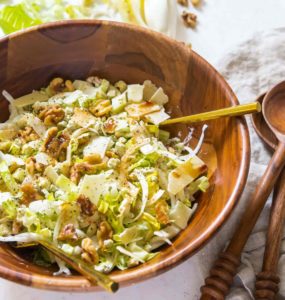
1/2 cup gorgonzola crumbles
1/2 cup shaved parmesan
1 tablespoon balsamic vinegar
Salt and pepper, to taste
Ranch dressing
Method
Add all ingredients (except the dressing) into a large bowl and using your hands or salad serving tools, toss ingredients together to evenly distribute.
Drizzle as much or little dressing on and toss again to coat.
If you aren’t eating this immediately, dress the salad prior to eating. Do not dress it and let it sit. It will cause the leaves to be soggy.
Sweet Potato Gnocchi – serves 4
https://www.liveeatlearn.com/sweet-potato-pumpkin-gnocchi/
Ingredients
Gnocchi:
3 cups mashed sweet potato about 3 potatoes
1 egg
1 tsp salt
1 ½ to 2 cups flour plus more as needed, 180-240 g
Herby Butter Sauce:
2 Tbsp butter 28 g
2 cloves garlic minced
Handful fresh sage and rosemary
¼ cup shredded parmesan 30 g
1 cup heavy cream 60 mL
Method
Pierce sweet potatoes all over with a fork, then wrap in damp paper towels. Microwave on high for 7 to 10 minutes, until tender. Allow potatoes to cool enough to touch, then cut in half and scoop out the flesh, discarding the skin (if you don’t have a microwave, wrap in aluminium foil and bake in oven until tender). Measure out 3 cups of the puree and allow it to cool to room temperature. Puree sweet potatoes using a masher or fork. Transfer to a large bowl and stir in the egg. Stir salt into 1 ½ cups of flour. Sprinkle flour mixture over the sweet potato and fold to combine (do not over stir – this will lead to gluey gnocchi). Add more flour as needed until you reach a sticky dough that can be formed into a loose ball (the goal is to use as little flour as possible). Transfer dough onto a well-floured surface. Portion dough into fist-sized balls and roll each into 2cm thick ropes. Cut the ropes into about 1cm pieces. (optional) For the classic gnocchi shape, slide each gnocchi over the tines of an upside-down fork using your thumb to press it down the fork.
Bring a large pot of water to a boil. Working in batches, drop each gnocchi into the boiling water. When the gnocchi floats to the top it’s done (2 to 3 minutes). Remove with a slotted spoon and set on a paper towel. Melt butter in a large saucepan over medium heat, then add garlic, sage, rosemary, and gnocchi. Cook until gnocchi is lightly browned, about 5 minutes (you may need to work in batches to cook all the gnocchi). Remove pan from heat and transfer all gnocchi back into the pan. Top with parmesan cheese and drizzle with cream, stirring to coat.


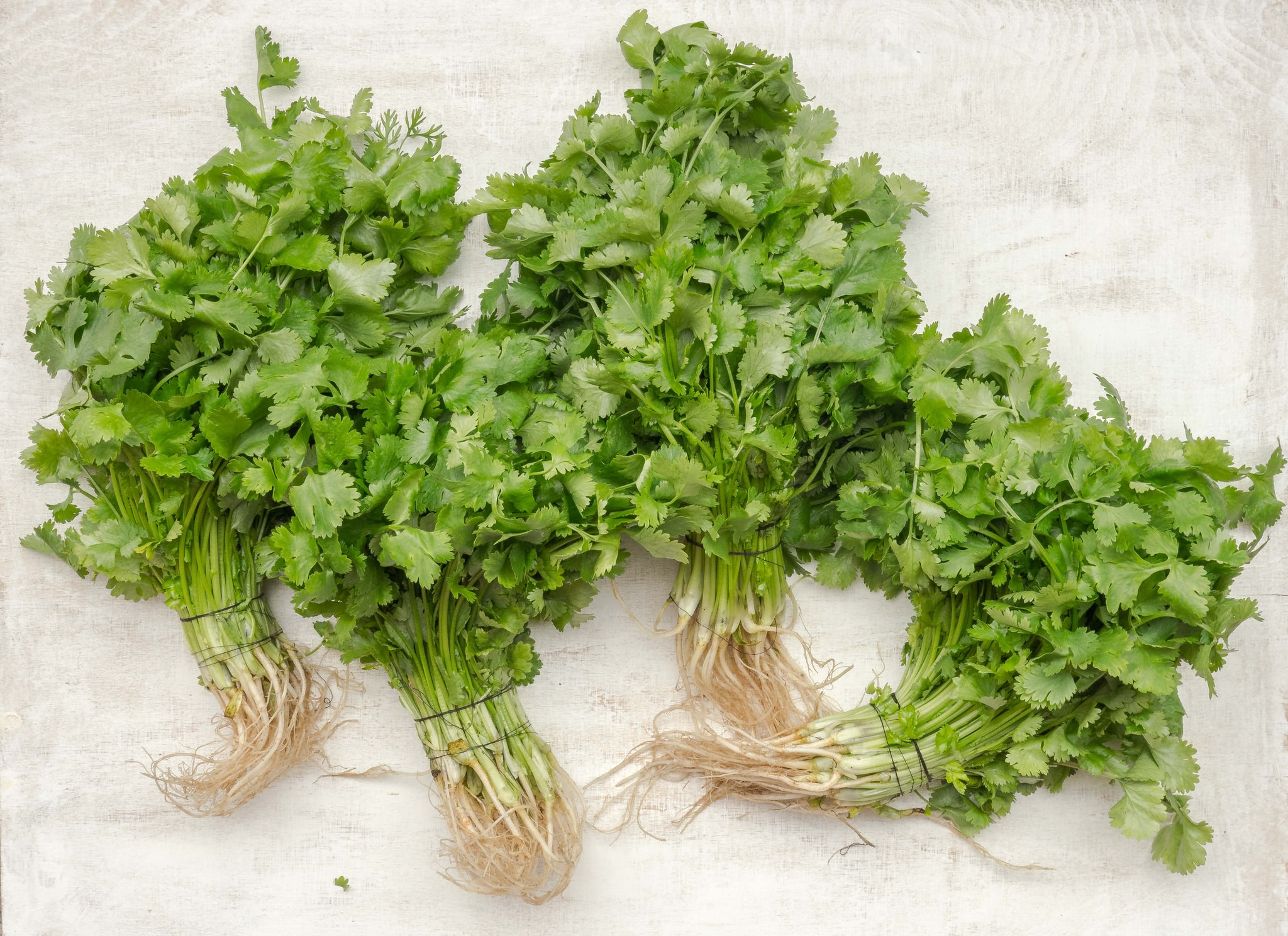
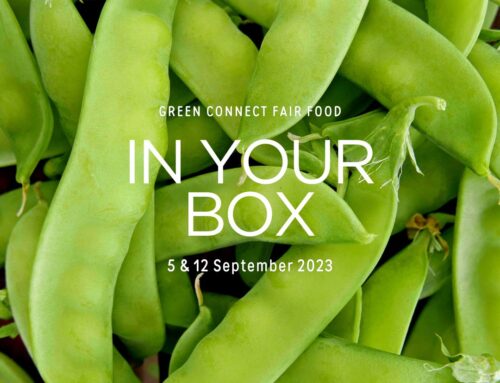

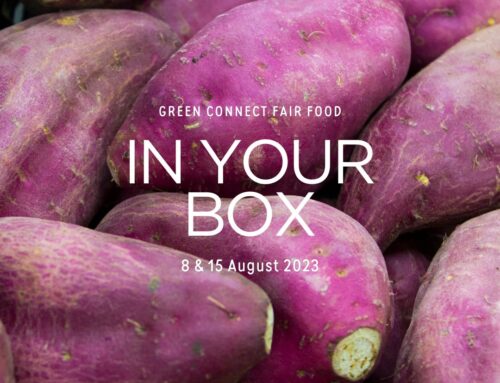
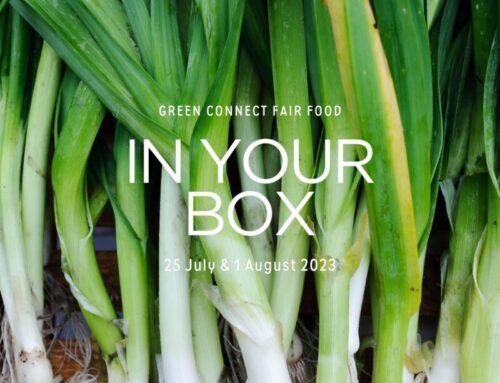
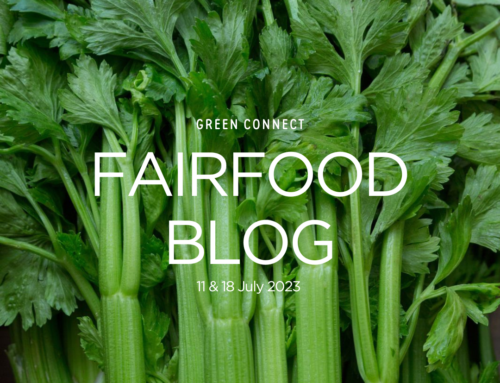
Leave A Comment
You must be logged in to post a comment.